|
By Anna Hazard
Introduction
Previous studies have indicated that the bed and other bedroom related furniture are a the cause of a high percentage of home related injuries after accidents suffered in the kitchen and bathroom. This is particularly so for seniors who tend to spend more time in the bedroom and are already prone to injuries and accidents due to frailer health, to the point that more than 300,000+ seniors over the age of 65 are treated in emergency rooms per year due to bedroom related accidents.
Due to this, special care should be taken when it comes to choosing the proper furniture for an aging in place or accessible bedroom. Accessible Bed Height
When it comes to the bedroom, the most important piece of furniture found within it is also directly mentioned within the room's name. Due to its prominence and everyday use, the bed is one of the most significant pieces of equipment that should be tailored for easy accessibility when it comes to aging in place.
In particular, its paramount that the bed surface is at an easy height to both get in and get out of without losing one's balance or potentially falling. For most people, the top of the bed mattress should be no more than 20 - 23" high from the surface of the floor. This would be around knee height for the majority of adults which would allow the user to plant both of their feet firmly on the floor and push off the bed with knees slightly bent in order to more easily stand up. A higher mattress height than this would increase the likelihood of injuries if one should fall out of the bed or fall over when getting in or out of it. Bed Railings & Bumper Pads
Bed railings are another common addition to an aging in place household. These railings can take two different forms-- safety bed rails which are meant for helping to prevent people from falling out of the bed (and tend to be similar in form to hospital bed rails) or assistive bed rails (more similar to grab bars) which are meant to help with stability and balance when the user climbs in or out of the bed.
Both types of bed rails (including hybrids meant for both support & protection) now come in a wide variety of styles to better blend in with the surrounding decor. This includes a floor to ceiling style that more commonly resembles a safety pole meant for balance. Otherwise, when it comes to potentially adding bed rails of either variety, keep in mind that certain styles of beds (such as many water beds or platforms beds) don't have the proper framing suitable for these types of installations. For any rails in direct contact with the bed, it's recommended to also install bumper pads with a soft, cushioned surface over the exposed areas of the rails in order to avoid injury caused by rolling or falling against the bars. Also keep in mind that certain styles of bed rails can not be easily lowered, raised, or otherwise manually manipulated by the user while inside the bed. These types of railings should be avoided in households where a caregiver is not readily present. Other Bed Protection & Safety Measures
Other forms of protection when it comes to the bed include the placement of bedside fall protection mats with shock absorption for those who are prone to falling at the threshold of the bed (even with the presence of bed rails). These mats provide cushioning to help avoid injuries when tripping and also provide a soft landing for feet when simply getting out of the bed.
It's also recommended that waterproof mattress protectors that are easy to maintain and remove be installed as a proactive protection against moisture and wetness. This can be a particular boon in the case of any future night time incontinence or is simply convenient when it comes to potentially dropping food or beverages while eating in bed. Other safety & accessibility measures that can be taken when it comes to prepping a bed include making certain that there is enough adequate space around the bed installation so that it may be easily approached while using bulky mobility aids such as walkers or wheelchairs. It's also handy to include a cleared space nearby where these types of equipment can also be stashed while the user is currently in the bed. Meanwhile, potential heat sources such as space heaters, hot plates, and radiators should be located well away from the bed and its sheeting. In addition, bed skirting or any long bedspreads, comforters, or other linens that reach the floor should be further avoided as such items can pose tripping hazards. Accessible Bed Types
Instead of having to deal with multiple installations of bed railings and other safety measures, some users may opt to replace their normal beds with a hospital style bed that already comes with such features pre-installed. Keep in mind that such specialized beds tend to also require specialized sheets and linens to fit the size & shape of the non-standard bed.
Other bed options include replacing a standard bed with an adjustable one that can raise and lower the head and foot area separately to a more comfortable and accessible position (similar to a hospital bed but more normal in look & function). Other convenient options that that are often available with these adjustable or other tech-heavy beds include potential massage features, wireless controls & remotes, as well as mattress firmness options. View the Rest of the Series
Part 1 - Introduction
Part 2 - Exterior Part 3 - Landscaping & Gardens Part 4 - Patio, Porch, & Deck Part 5 - Garage & Carports Part 6 - Entrances, Exits, & Thresholds Part 7 - Exterior Steps & Ramps Part 8 - Threshold Lighting & Windows Part 9 - Interior Doors & Halls Part 10 - Interior Steps & Staircases Part 11 - Interior Stairlifts Part 12 - Interior Elevators Part 13 - Interior Lighting Part 14 - General Interior Flooring Part 15 - Interior Flooring Comparisons Part 16 - HVAC & Energy Efficiency Part 17 - Power, Communications, & Other Interior Systems Part 18 - Living Room Part 19 - Kitchen Layout, HVAC, & Electrical Systems Part 20 - Kitchen Lighting, Flooring, and Sink Faucets Part 21 - Kitchen Countertops & Cabinets Part 22 - Kitchen Refrigerators, Freezers, and Dishwashers Part 23 - Kitchen Ovens, Ranges, Stovetops, and Cooktops Part 24 - Kitchen Microwaves, Blenders, & Food Processors Part 25 - Miscellaneous Kitchen Items Part 26 - Dining Room Layout, Tables, & Other Furniture Part 27 - Dining Room Flooring, Lighting, & Meal Serving Equipment Part 28 - Bedroom Layout & Closets Part 29 - Accessible Beds Part 30 - Bedroom Furniture, Electronics, & Other Accessories Part 31 - Bedroom Flooring Part 32 - Bedroom Lighting Part 33 - Bathroom General Layout Part 34 - Bathroom General Tips for Showers & Tubs Part 35 - Bathroom Accessible Tubs Part 36 - Bathroom Accessible Showers Part 37 - Bathroom Accessible Toilets Part 38 - Bathroom Accessible Sinks Part 39 - Bathroom Accessible Toilets Part 40 - Laundry Room
1 Comment
|
AboutNews updates, tips, and guides on senior care, senior health, stress relief and a host of other caregiving related topics from the professionals at Ella Stewart Care. |

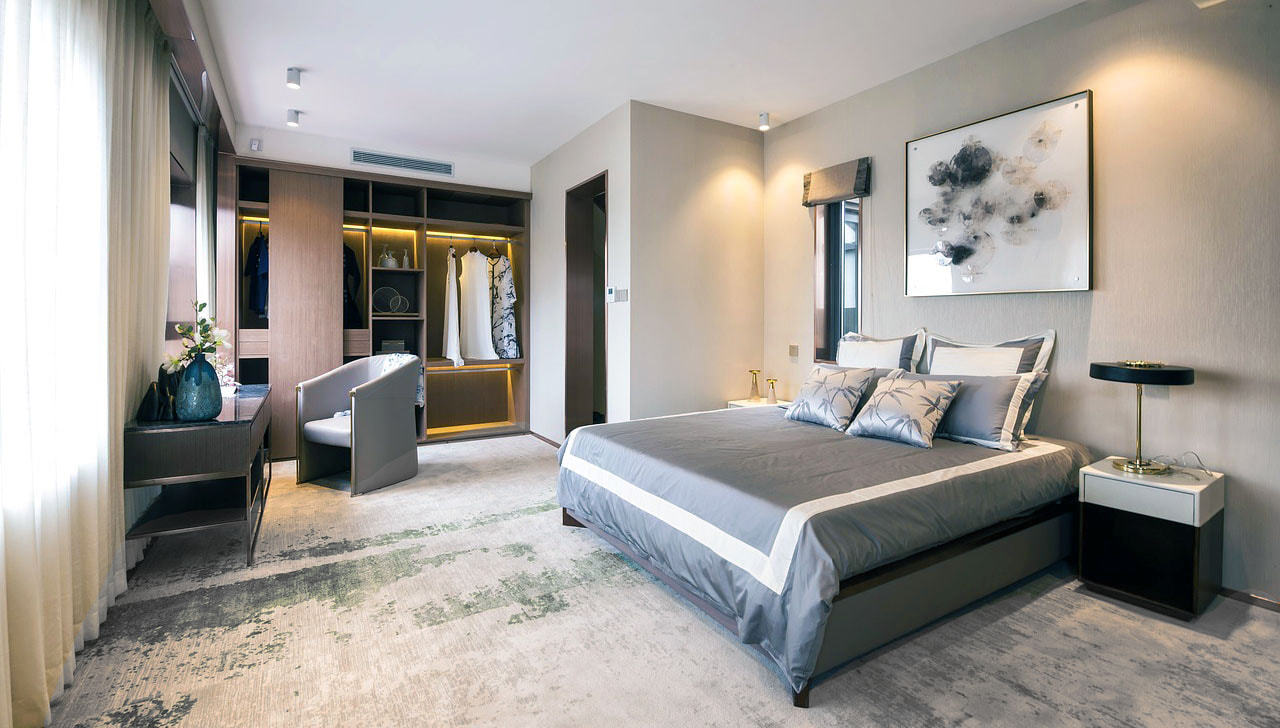
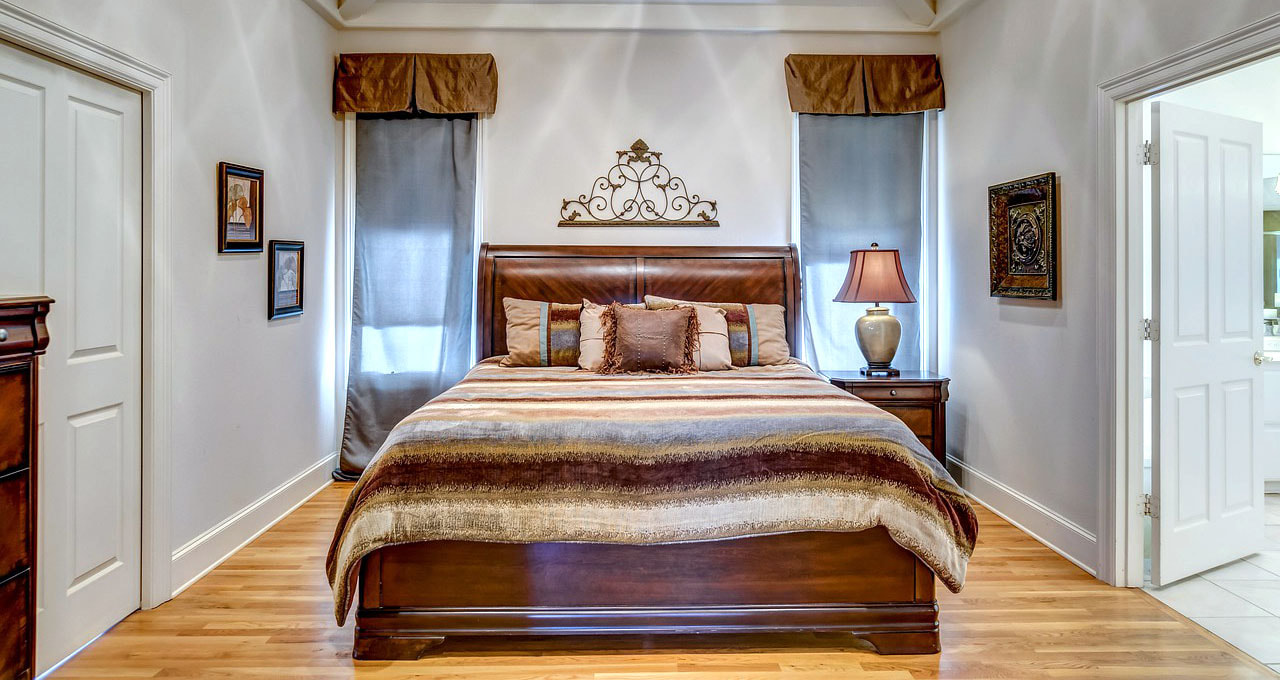
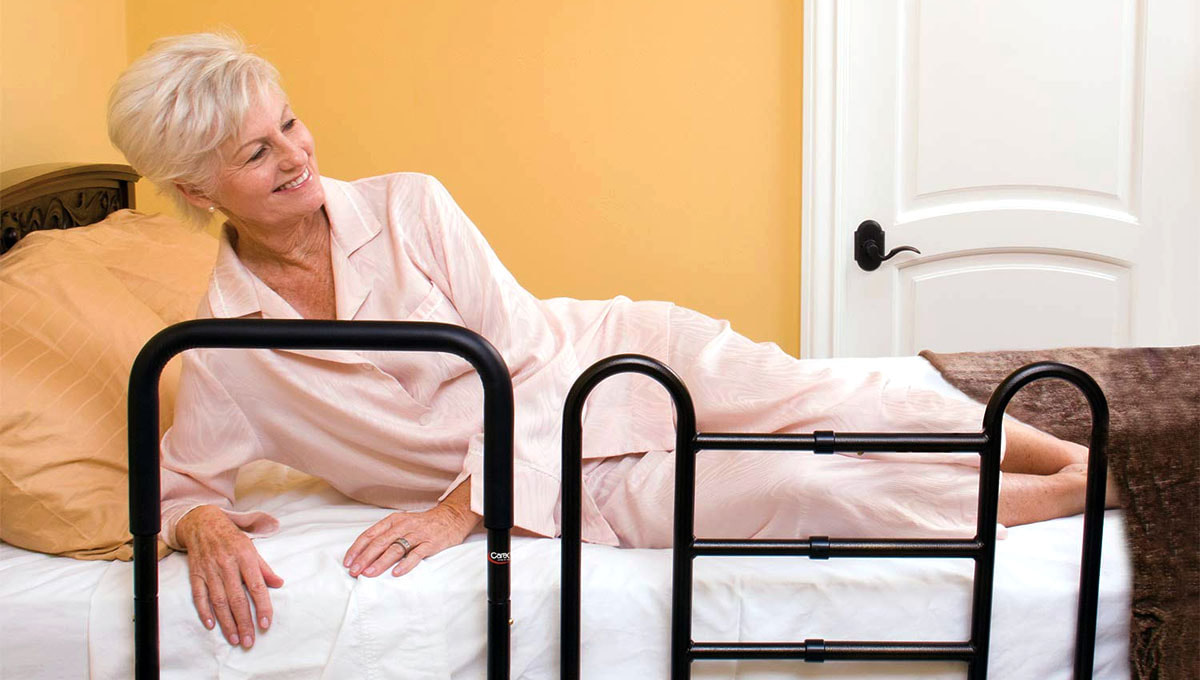
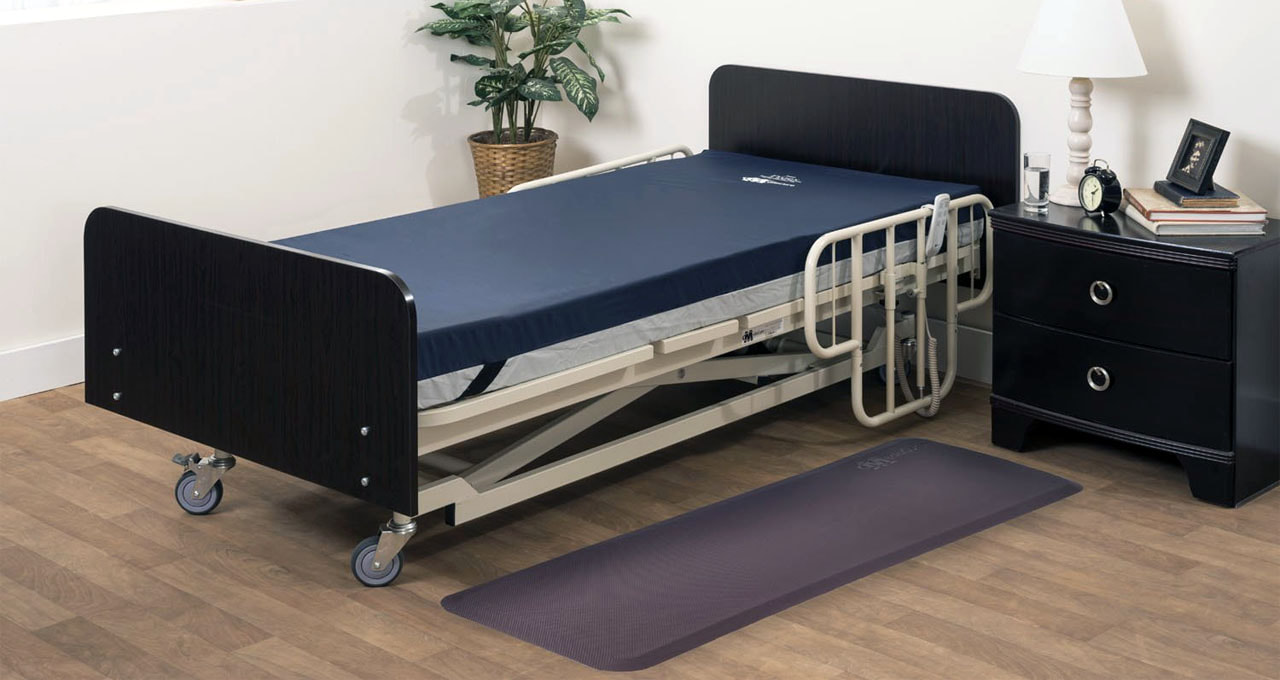
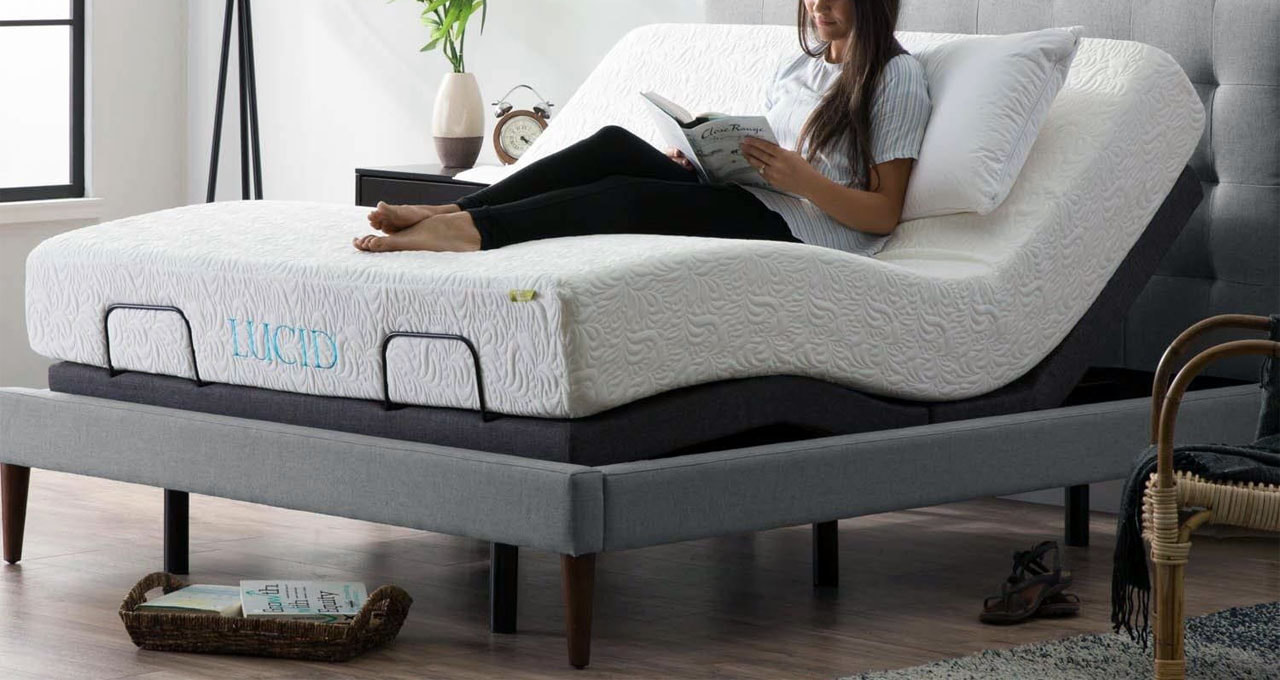

 RSS Feed
RSS Feed
